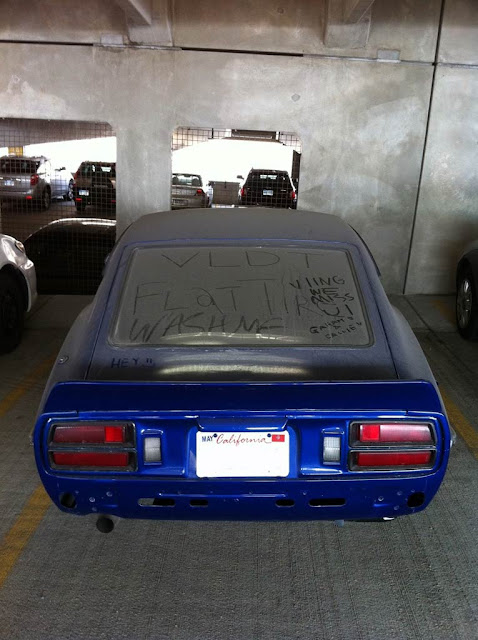
Mac update php how to#
How to Find MAC Address in Linux or Unix?
Mac update php for mac#

It may be interesting for you to know that all the OUIs are registered and assigned to the manufacturers by IEEE. For example, let's say a network card manufactured by dell has a physical address: 00-14-22-04-25-37, in this address, 00-14-22 is the OUI of Dell which identifies that the device is by Dell.

OUI is always the same for NICs manufactured by the same company. The first three sets of two hexadecimal numbers in a MAC Address identifies the card manufacturer, and this number is called OUI (organizationally unique identifier). There are several NIC manufacturers some well-known of them are Dell, Cisco, Belkin. The physical address is stored into the NIC by its manufacturer, that is why this address is also called a burned-in address (BIA) or ethernet hardware address. The network adapters or network interface cards always come with a MAC address which is fed into hardware, usually in read-only memory (ROM), or BIOS system. MAC Address usually consists of six groups of two hexadecimal digits. It identifies the hardware manufacturer and is used for network communication between devices in a network segment. It is also known as a physical or hardware address. MAC Address or media access control address is a unique ID assigned to network interface cards (NICs). All this information is useful if you want to verify the generated mac address with the original vendor of this device in OUI vendor database. Finding the mac address from this database tells us which manufacturer originally manufactured this device and what is the prefix, postfix of a given mac address, moreover it tells us what country was this device manufactured. The MAC Address vendor database consists of a list of mac addresses of all devices manufactured till date.
Mac update php full#
However, if as you say, you want to log to a file, you uncomment by removing the leading semi colon to make error_log = php_errors.log become error_log = php_errors.log or using a full path to place it where you want.MAC Address Lookup Tool searches your MAC Address or OUI in mac address vendor database.
Mac update php windows#
If you want to log to the syslog (or Windows Event Log on Windows) then error_log = syslog should become error_log = syslog Log errors to syslog (Event Log on Windows). PHP's default behavior is to leave this value Then, in this section: Log errors to specified file. Log_errors = On (this will turn the logging engine on) now edit /etc/php.ini - you want to make sure the following lines (NOT the same line starting with a semi-colon ' ') are exactly as follows:

Typing this: php -ini at the prompt should report this: Configuration File (php.ini) Path: /etc then you will see if you run php -ini again that it now sees your new file:

Type: $ sudo cp /etc/ /etc/php.ini (and enter your password) You need to copy that file to the name php expects so that you can edit it, like this: this is because in /etc there is a file called /etc/ as an example and to show it is not in use. ini files in: /Library/Server/Web/Config/php Run php -ini at the prompt by typing it and pressing enter On OSX/MacOS do the following in a Terminal window: I made my changes to the php.ini file that was listed there, restarted apache, and re-ran the web page the new edits were shown there. Because I was interested in what the web server was using I knew that I should use the path returned from the web-page results. (the '2>&1' and 'grep' elements just restrict the output of the command to useful information, i.e. You can find all the possible php.ini files using this:įind / -name php.ini 2>&1 | grep -v "denied" | grep -v "directory" If you are interested in what PHP is being used by the web server, only use the information gathered from a web page that uses the 'phpinfo()' function.įor example, on my system the versions reported by the two different methods were:įor the php.ini file path things were different, too: If you have a system that has multiple PHP installations (like mine did) the results you get from using the command line tools MAY BE different than what is actually used by the web server. This is rather old thread, but I would like to add a further clarification.


 0 kommentar(er)
0 kommentar(er)
